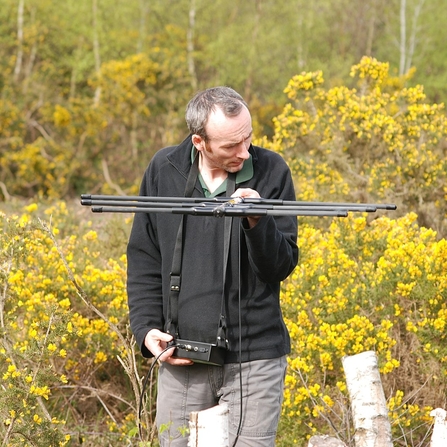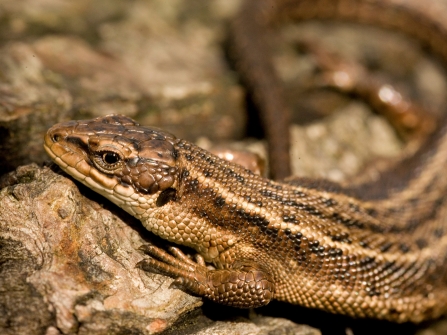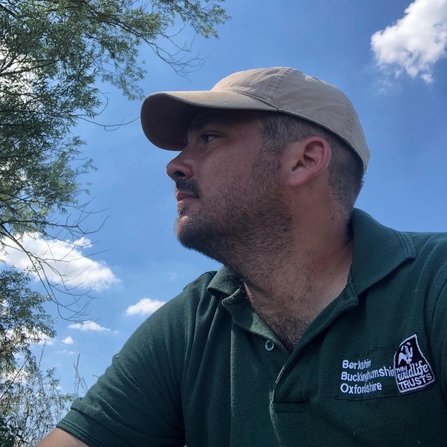Back in 2014 I began studying landscape design and horticulture with a view to becoming a Landscape Architect. At university I seemed to cling to those that had ecology backgrounds and would, without realising it, focus my own projects around wildlife enhancement or mitigation.
I realised very early on that designing urban plazas would never be my strong suit. I started volunteering for a number of wildlife work parties and survey groups, and found the process and the experience incredibly rewarding. This then led me to apply for the ecology traineeship at BBOWT.
The ecology traineeship is so varied depending on the time of year. The traineeship consists of three days in the week with one day a week working with the mammal team surveying water voles. We are now in the middle of survey season so most of our time is spent on reserves across the three counties.
You could be spending an entire day in one location surveying wild flowers in a glorious hay meadow or need to do several survey tasks on three different reserves across two or even three counties.




